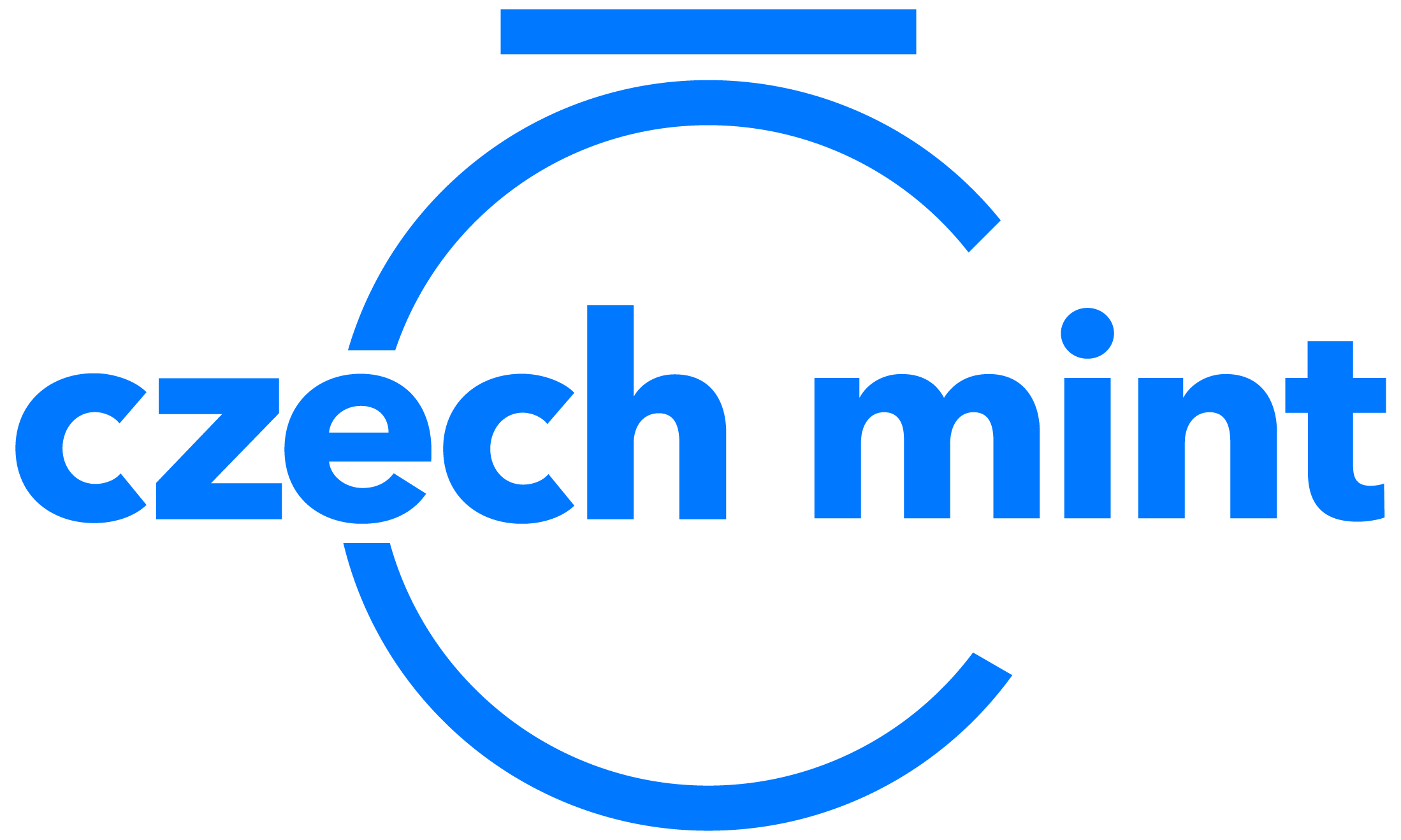What recommendations need to be followed
Metal: All that glitters is not gold! The fact that a coin or medal has a gold color does not mean that it is embossed from gold. Beware of products that are "expensively refined", which means plated with a thin layer of precious metal. Their main part is usually brass, copper or other common metal. The physical value of a mintage with a few micrometers of gold or silver on the surface is zero. Even if a coin or medal is actually made of real gold or silver, it has not yet been won. It is also necessary to monitor the purity of the precious metal, which proves its purity. The usual practice of renowned manufacturers is to mint from pure silver (marked as 999) and pure (999.9) or ducat (986) gold. With decreasing purity, the value of the metal decreases and this should also be reflected in the final price of the product. Another parameter of the metal is its weight. Based on the stated weight of the coin or medal and the current price of the precious metal on the stock market, you can find out approximately how much you pay extra for the artistic and collector's value of the mintage. Doubtful companies do not hesitate to charge a 100% surcharge for poor quality work. If the weight is not stated, it will be a clear indicator of the fact that the mintage won´t be made of precious metal.
Dimensions: Don't be fooled by promotional materials with the promise of "gigantic mintages". Printed matter usually depicts products in suggestive life-size. Do not hesitate to compare the diameter of the mintage with the circulation coins in your pocket so that you are not unpleasantly surprised in the end.
Author: The claim that the mintage boasts "detailed processing by the master" should be substantiated by specific information about its author. Leading medal makers and engravers are well known in the numismatic community. The anonymous product arouses at least distrust - it is usually a mintage which is processed almost exclusively by machine with a minimal share of manual work, therefore, its artistic value is questionable.
Design: Less is sometimes more regarding coins and medals. While traditional mintage attracts with its elaborated relief and reflections, doubtful mintage relies on colored stickers and other useless "elements" that complete the relief. The lowest quality medals even have no embossed relief and a low-quality color sticker on a smooth surface is their only element. Coloured mintages are purposefully sought after by some collectors - but they must be processed using real printing technology that creates discreet motifs with high-quality resolution.
Schedule of issuance: Despite the fact that the offer may indicate "worldwide strictly limited schedule of issuance", pay attention to a specific number. The most interesting mintages for collectors are those which count hundreds or sometimes even only tens of pieces. In the case of a limit of many thousands to tens of thousands pieces, the issue has a minimal collector's value. Also pay attention to offers that are just for you, or their purchase is limited to one piece per family.
Price: Don't be fooled by fictitious discounts, sometimes exceeding tens of percent of the original amount, or by a time-limited "reduced price" that should increase dramatically after a given interval. Although the prices of doubtful products in the order of hundreds of crowns may seem acceptable, in fact they are trinkets with a crown value. The real value of pretentious gifts in the form of knives or watches, which build an integral part of the offer, is similar.
Coin scammers
Surely you know them - offer shipments that can arrive in your inbox or are conveniently cleverly packed at popular periodicals, or advertising which includes order coupons for the purchase of exclusive commemorative mintages for incredible prices. The menu may seem tempting, but don't be fooled.
"It's a classic, annoying mail order sale, when the consumer responds to an offer of 'free coins' or 'coins at a reduced price' and undertakes to buy either coins or medals or other collector´s items for a relatively long time," that is how Miloš Borovička, the lawyer of dTest magazine, explains the principle of such an offer.
If you follow the above advice, you don´t have to be afraid of "coin scumbags". However, you may still receive unsolicited goods - in this case, do not accept it. If you receive it, send it back immediately.
If you are already stuck in the traps of various "collecting services", which send you more and more shipments for a constantly increasing price, there is help for you as well. Study the terms and conditions (information about the possibility of contract termination, return of unsolicited goods, etc. are usually written in small print or in unusual places - for example, they are printed on the inside of the envelope) and inform the sender in a verifiable way (preferably by registered letter) that you are not interested in his or her shipments. If you still receive consignments, according to § 1838 of the Civil Code, you can forget them - it is an unordered performance and in such a case you do not have to return anything or notify anyone again.
References
If you are not sure if the trader is solid, look for references on the internet and get advice from independent renowned experts, such as dTest, Reflex and Černé ovce magazines or the professional capacities of the Czech National Bank, Czech Numismatic Society and the Czech Trade Inspection Authority:
https://www.penize.cz/ochrana-spotrebitele/402187-pozor-na-cesky-mincovni-obchod-varuje-coika
http://www.ceskatelevize.cz/porady/1097429889-cerne-ovce/3772-reportaze/?sekce=13&clanek=4053
https://www.dtest.cz/clanek-2488/varujeme-pred-praktikami-ceskeho-mincovniho-obchodu
 čeština
čeština
 slovenčina
slovenčina
 english
english
